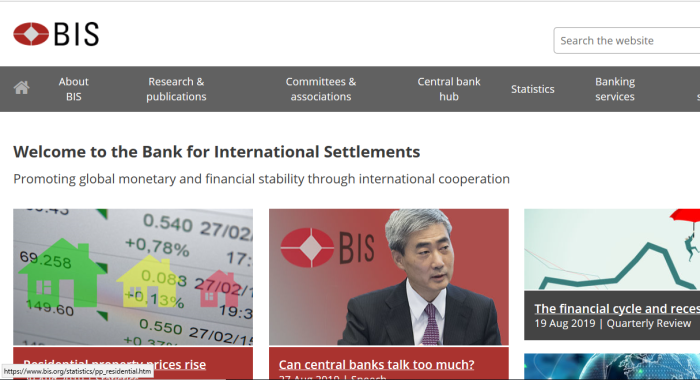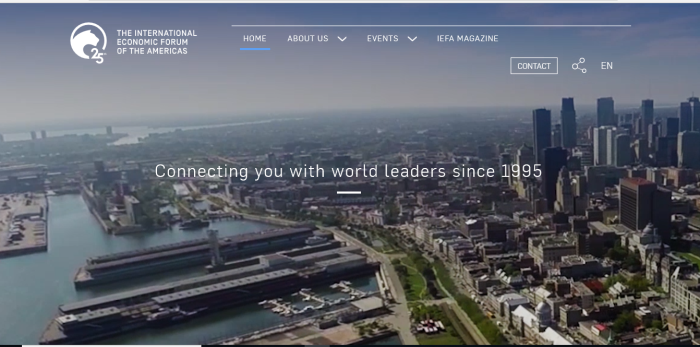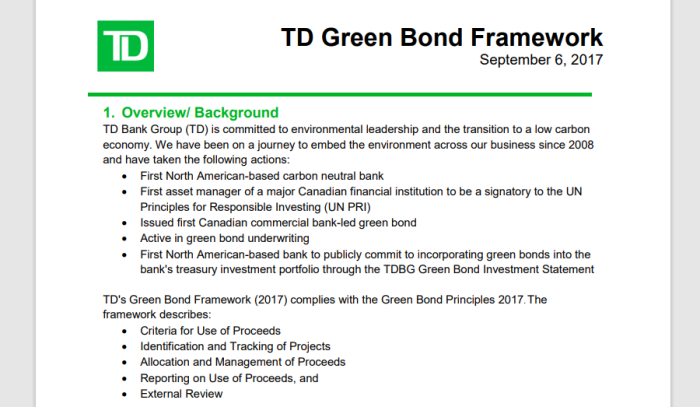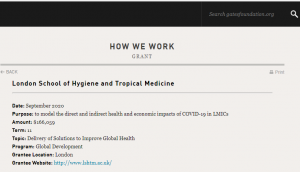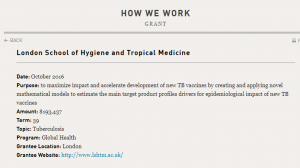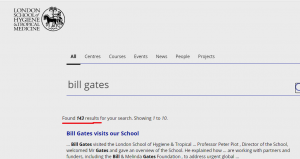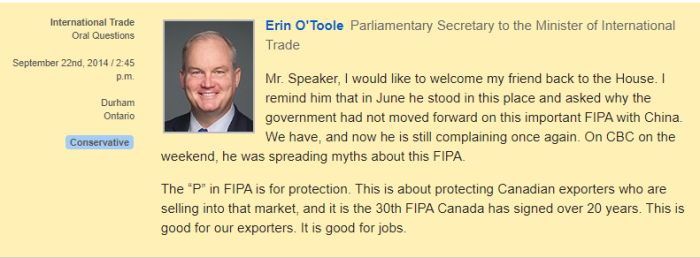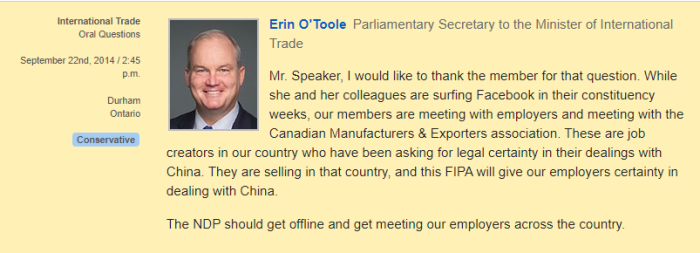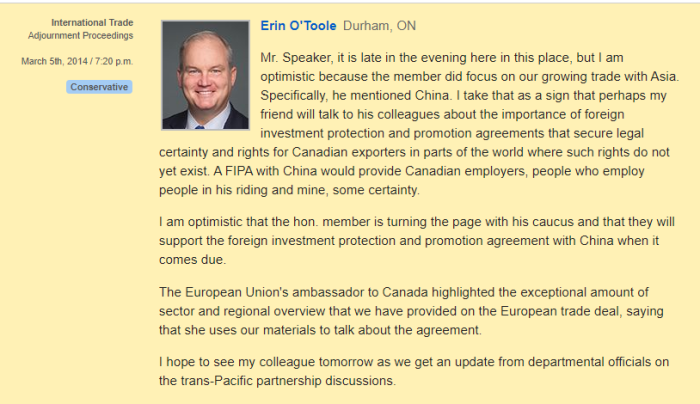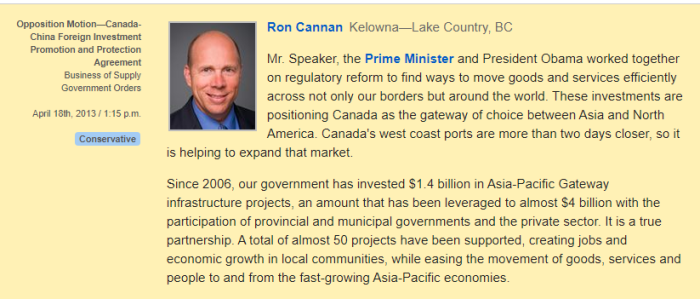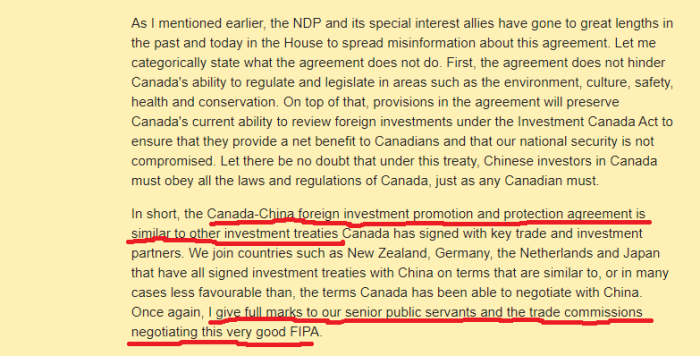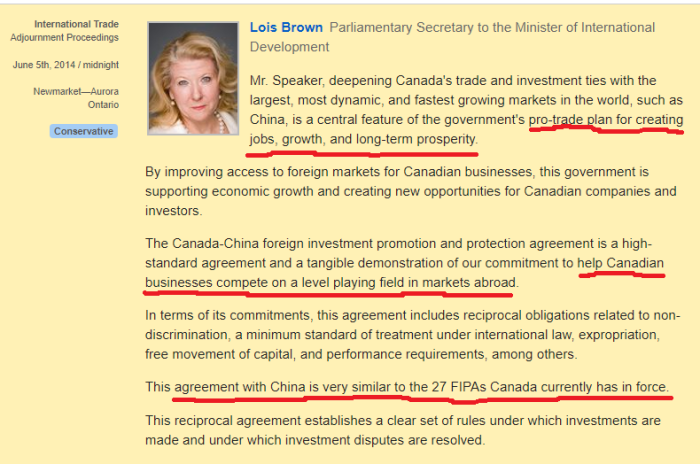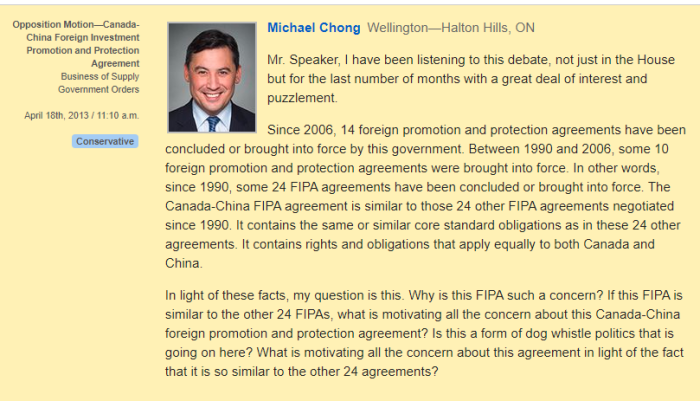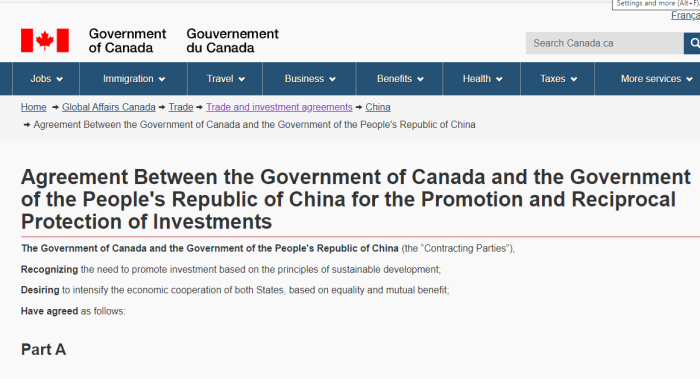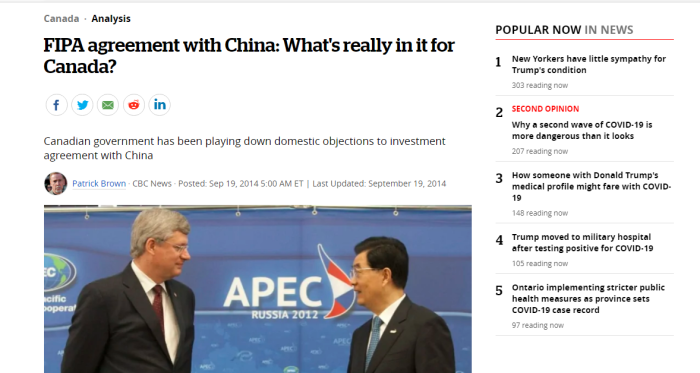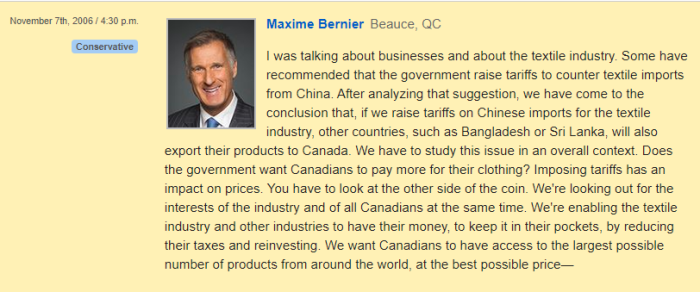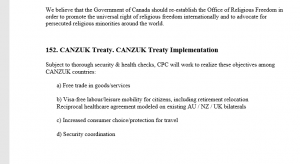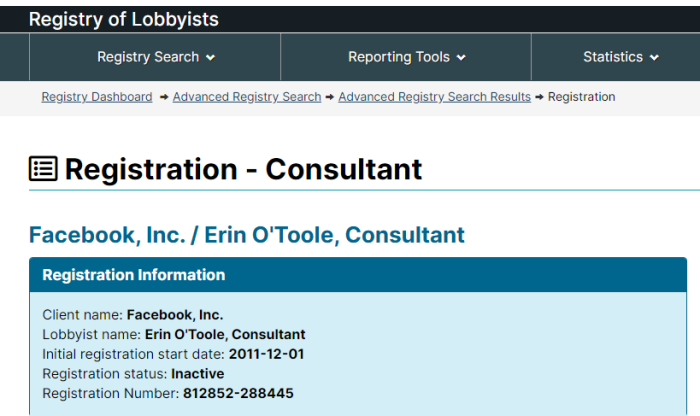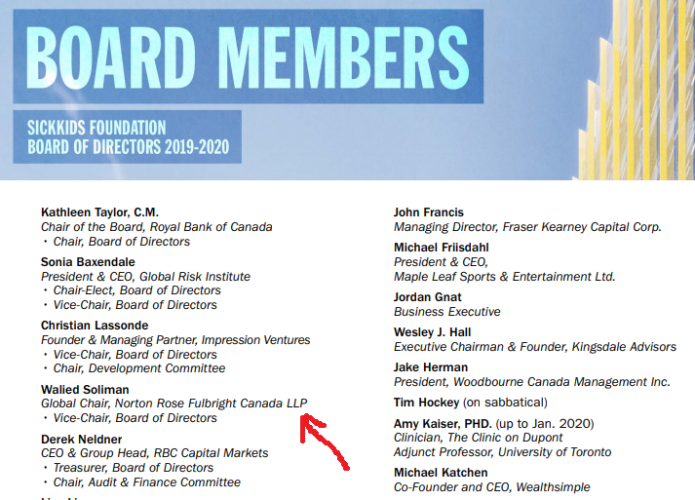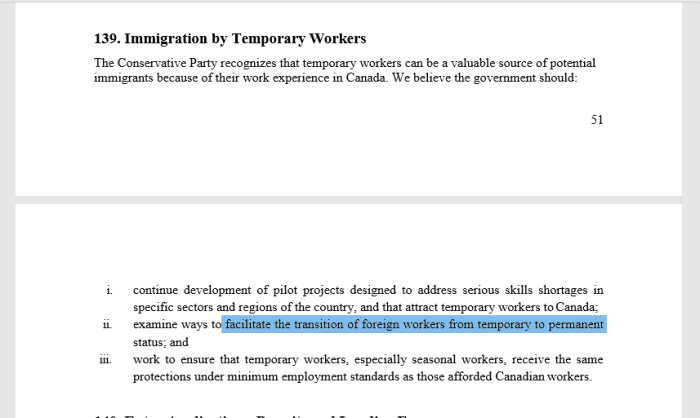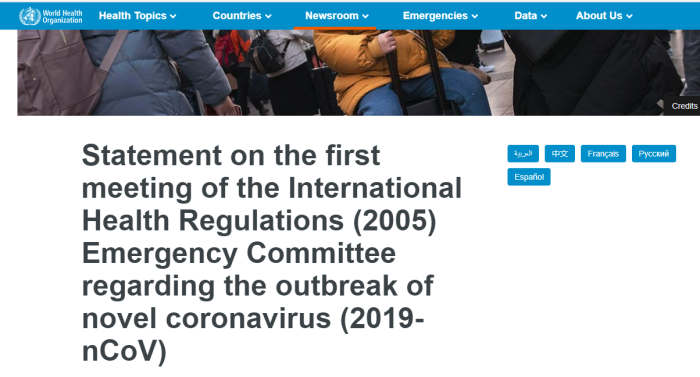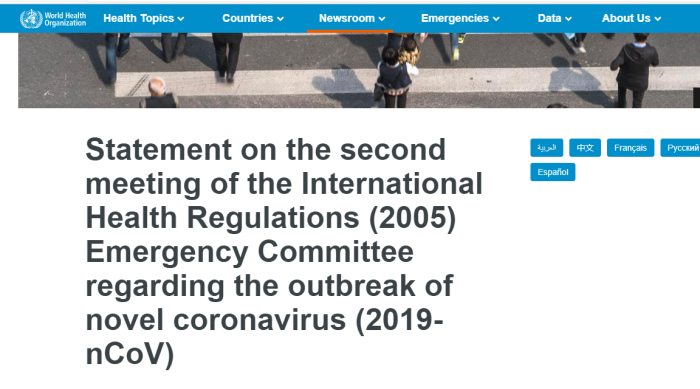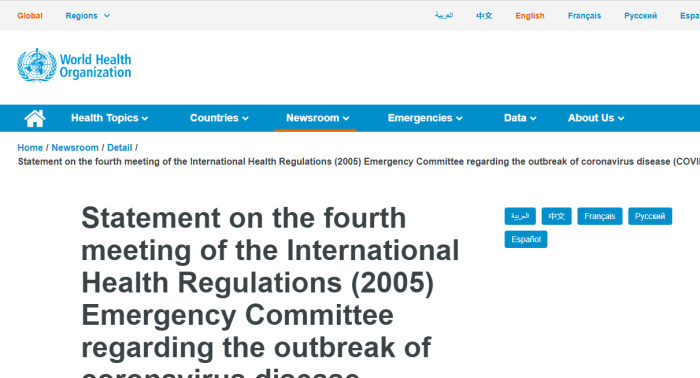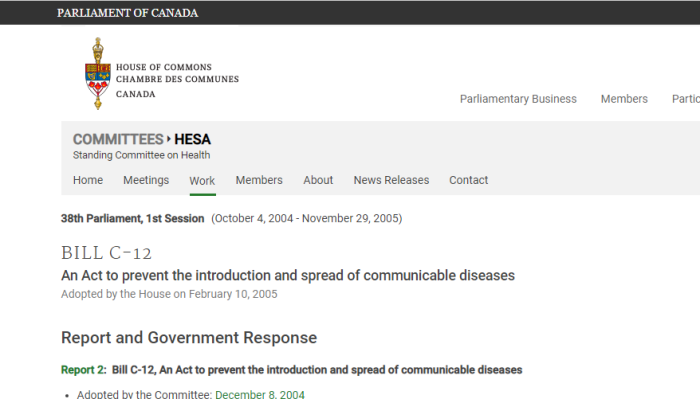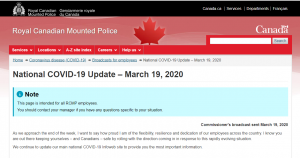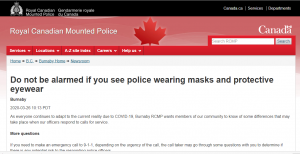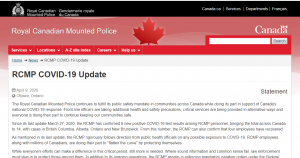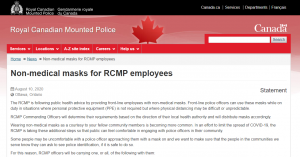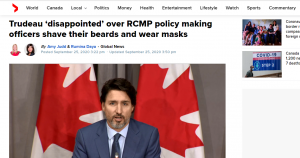
Modern conservative politicians make it clear that they will take money and votes from social conservatives, but will never advance their interests in any real way. Abortion is a major issue, but not the only one. They act as a form of controlled opposition.
1. Other Articles For Abortion/Infanticide
While abortion is trumpeted as a “human right” in Western societies, questions have to be asked: Why is it a human right? Who are these groups benefiting financially, and why are so they so fiercely against free speech? Do these groups also support the open borders industry, or organ trafficking? Not nearly enough people are making these connections.
2. Mental Gymnastics In Abortion Policy
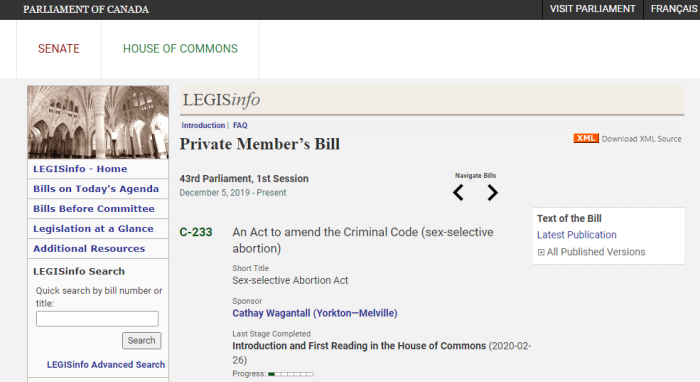
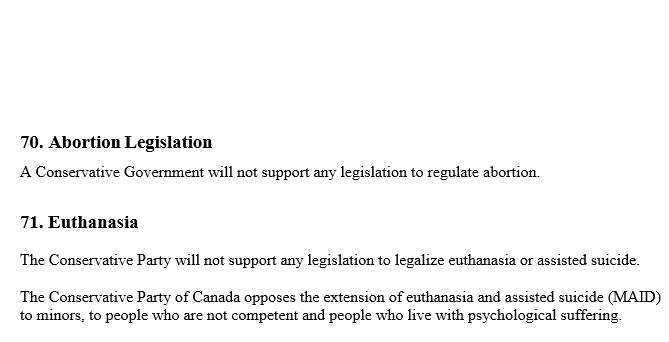
The CPC explicitly states in their policy declaration to support no legislation to regulate abortion. However, MPs support Private Member’s Bill C-233, to ban the practice of sex-selective abortion (which would target female babies). But that contradiction is not the only problem.
Today’s “conservatives” have no issue with killing babies itself. However, they are adamantly opposed to letting them be killed simply for being female. The obvious answer is that Conservative politicians don’t actually care about the lives of the unborn, but just virtue signal to show how feminist they are.
Side note: it seems the CPC’s stance on euthanasia is to do nothing. They won’t expand access for assisted suicide, but they won’t do anything to restrict or roll it back either.
3. Conservatives: Only Fund Local Genocide
From the Canadian Press. Trudeau announces that Canada should be fund abortions globally. Conservatives object to the “globally” part, not the “abortion” part of it.
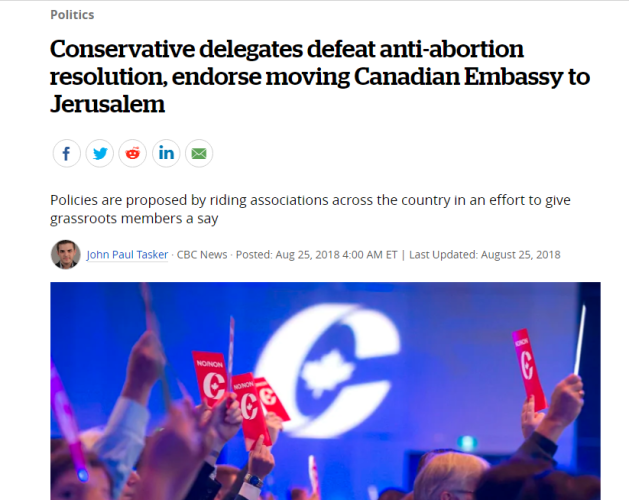
A slim majority of Conservative convention delegates voted Saturday against a resolution backed by anti-abortion campaigners while at the same time affirming the party’s opposition to using Canadian foreign aid to fund abortion services abroad — a mixed bag result for social conservatives.
Other controversial resolutions, including a push to limit citizenship rights for those born in this country to non-Canadian parents and an endorsement of moving Canada’s embassy in Israel from Tel Aviv to Jerusalem, received overwhelming support.
The abortion resolution, No. 65, would have struck from the party’s policy book a pledge that a Conservative government would not support any legislation to regulate abortion, something added under former prime minister Stephen Harper to reassure some Canadians that the Conservative Party did not have a “hidden agenda” to legislate an abortion ban.
More gaps in logic. Many conservatives don’t have a problem with using taxpayer money to kill CANADIAN children, but they oppose using public funds to exterminate FOREIGN children. So it’s not about principles, but simply how tax dollars are used.
The article refers to the August 2018 CPC Policy Convention. Of course, it wouldn’t be a conservative gathering without some pandering to Israel. In this case, the moving of an embassy.
4. Summer Jobs Grant Attestation
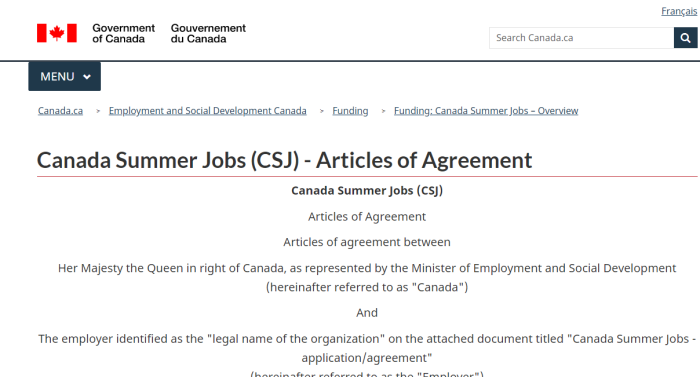
Ineligible projects and job activities:
Projects consisting of activities that take place outside of Canada;
Activities that contribute to the provision of a personal service to the employer;
Partisan political activities;
Fundraising activities to cover salary costs for the youth participant; or
Projects or job activities that:
restrict access to programs, services, or employment, or otherwise discriminate, contrary to applicable laws, on the basis of prohibited grounds, including sex, genetic characteristics, religion, race, national or ethnic origin, colour, mental or physical disability, sexual orientation, or gender identity or expression;
advocate intolerance, discrimination and/or prejudice; or
actively work to undermine or restrict a woman’s access to sexual and reproductive health services.
Please note the following definitions:
As per section 2.1 of the Canada Summer Jobs Articles of Agreement, “project” means the hiring, administration of, job activities, and organization’s activities as described in the Application Agreement.
To “advocate” means to promote, foster, or actively support intolerance, discrimination, and/or prejudice.
To “undermine or restrict” means to weaken or limit a woman’s ability to access sexual and reproductive health services. The Government of Canada defines sexual and reproductive health services as including comprehensive sexuality education, family planning, prevention and response to sexual and gender-based violence, safe and legal abortion, and post-abortion care.
Conservatives claimed to oppose the move to make the attestation mandatory for groups where their social beliefs conflicted with official government policy. To be clear though, this was framed as a free speech issue, not because the beliefs they held may be valid. See this piece for more information on the topic.
5. “Social Conservative” Leslyn Lewis
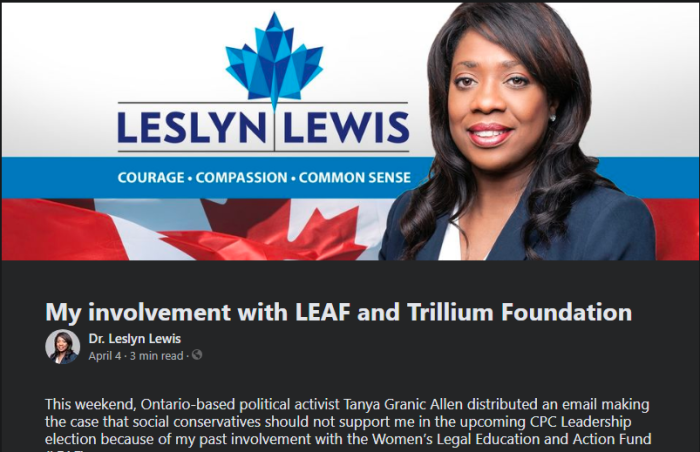
This weekend, Ontario-based political activist Tanya Granic Allen distributed an email making the case that social conservatives should not support me in the upcoming CPC Leadership election because of my past involvement with the Women’s Legal Education and Action Fund (LEAF).
They knew I held strong pro-life beliefs, and I hoped to be a balancing influence on the Board. After a few months of earnestly trying to make a difference, it was clear that it wasn’t the best fit all around, and we wished each other well, and I chose to conclude my term early with the Board.
I have chosen to be upfront with my pro-life views, and the fact that I will personally advocate for a law that fights the misogynistic practice of sex-selective abortion.
In the recent CPC leadership race, Leslyn Lewis promoted herself as a social conservative. She (sort of) defended her previous membership with Women’s Legal Education and Action Fund (LEAF). Problem is, LEAF is far more extreme than she is letting on, so the membership makes no sense. One would have to wonder why she became a director without doing any research on the firm — or why they would pick her.
Interestingly, Lewis condemns the practice of sex-selective abortion as “misogynistic” for targeting girls, but she doesn’t condemn the practice of abortion overall.
A much more likely explanation is that Lewis ideologically agrees with the pro-death LEAF, but simply reinvented herself for perceived political gain.
Lewis also claims to oppose funding foreign abortions, but stays quiet on the topic of financing domestic ones.
6. What Conservative Inc. Really Stands For
To sum up, these are the official party positions of mainstream “conservatives” in Canada. Try to wrap your heads around them.
[1] We have no issue with the principle of abortion, and will pass no legislation against it, as long as children aren’t killed specifically for their gender.
[2] We don’t have a problem with paying to abort Canadian children, but we believe that killing children abroad is a waste of taxpayer money.
[3] We don’t agree with the principles that many religious groups stand for. We oppose the summer grants attestation requirement purely on free speech grounds.
[4] Yes, abortion leads to an overall lower birth rate, but we can just continue to import a replacement population to fill in the gaps.

